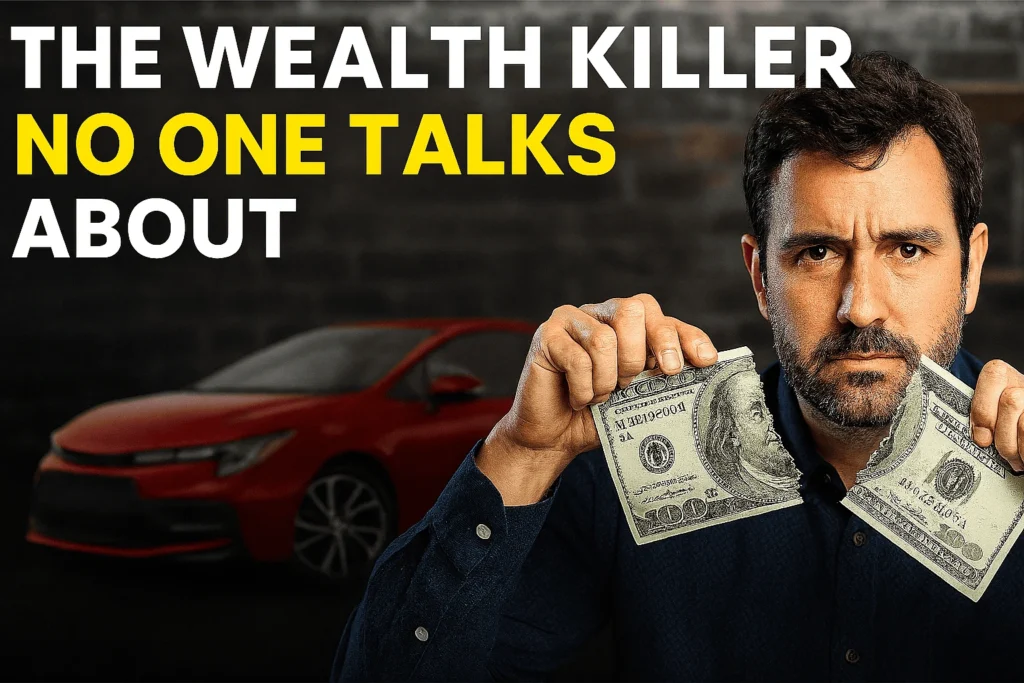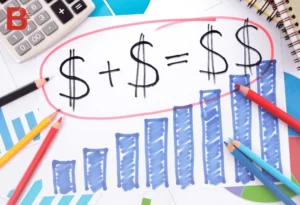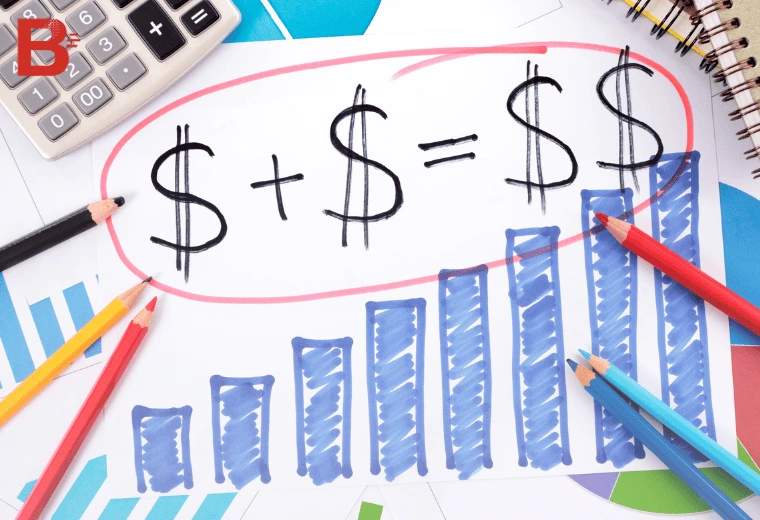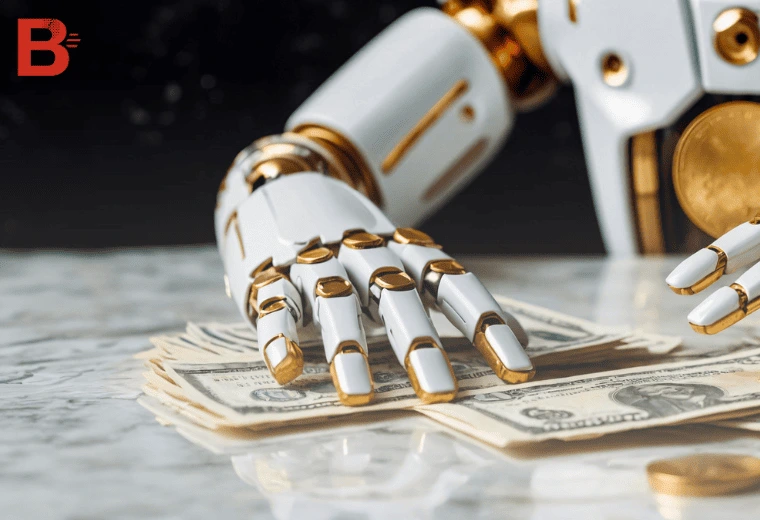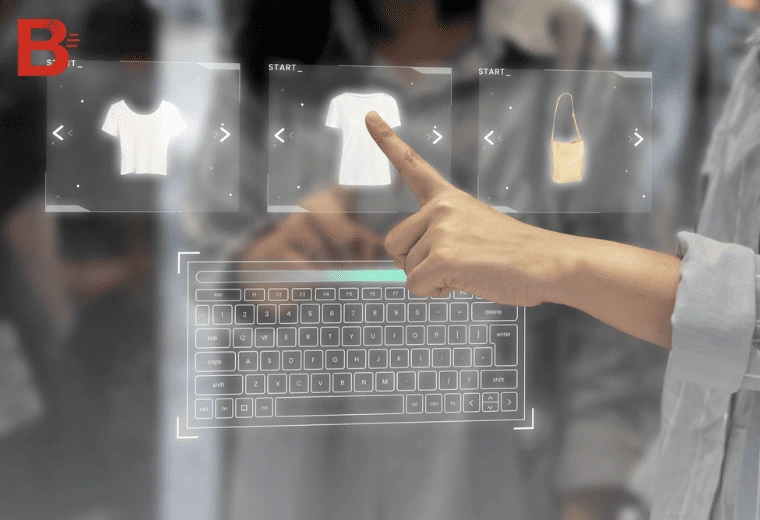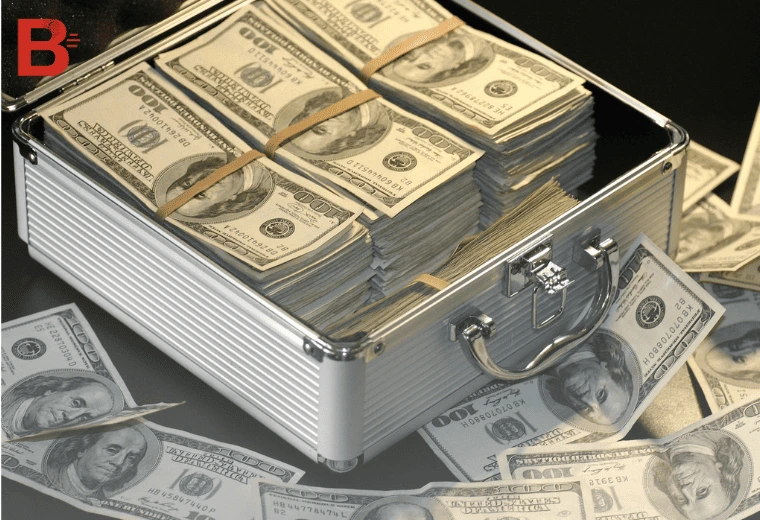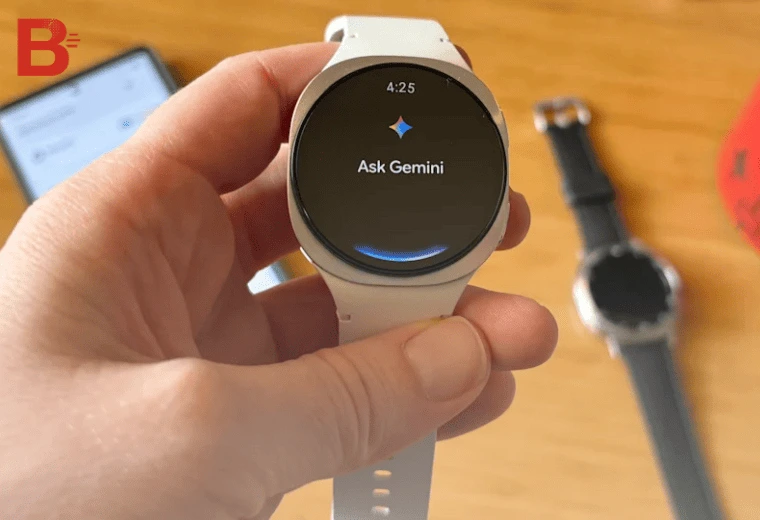Why Most People Stay Broke Without Realizing It
The hidden cost If you don’t want to be like everyone else, you need to avoid the number one wealth killer that’s draining your bank account—and your future—every single month.
Most people assume the biggest financial threats are obvious: high rent, taxes, or even Starbucks lattes. But the real culprit is much sneakier.
So, what’s this silent killer?
Let’s dig into the numbers and uncover what’s keeping most people broke, even as they earn more.
You found the best blog to help you win in life
The Average Monthly Budget: Where the Money Really Goes
The hidden cost
Take a look at this breakdown of the average monthly expenses in the U.S.:
| Category | Monthly Cost (Avg) |
|---|---|
| Housing | $1,784 |
| Transportation | $913 |
| Food | $700 |
| Insurance | $500 |
| Utilities | $300 |
| Entertainment | $250 |
| Subscriptions & Misc | $150 |
Out of all these, transportation is the most deceptive.
Why?
Because it’s not just about gas or car payments—it’s the full cost of owning and maintaining a depreciating asset.
Why Transportation Is the #1 Wealth Killer
The hidden cost
Most people don’t realize that transportation, especially car ownership, is not an investment.
- The average new car in America costs $48,000 in 2025.
- Car values drop 10–15% the moment you drive off the lot.
- By year five, most vehicles have lost 50–60% of their value.
And that’s just the beginning. Here’s what really makes it so damaging.
The Full Cost of Owning a Car (Hint: It’s Not Just the Sticker Price)
Let’s take a typical “affordable” car—the Honda Civic.
Base price: $27,867
Now let’s add up the real five-year costs:
| Category | 5-Year Cost |
|---|---|
| Depreciation | $10,999 |
| Insurance | $12,000+ |
| Fuel | $6,415 |
| Financing (Interest) | $4,719 |
| Maintenance | $3,224 |
| Repairs | $1,790 |
| Taxes & Fees | $2,800 |
Total Cost: $46,821
That’s nearly double what you thought you were paying. And we haven’t even mentioned opportunity cost yet.
Opportunity Cost: The Real Financial Trap
The hidden cost
Here’s where it gets painful.
If instead of buying a new car, you invested the $780/month (the average cost of financing and maintaining a car in the U.S.) into an S&P 500 index fund:
- After 5 years, you’d have around $60,016
- After 10 years: $151,798
- After 20 years: $436,799
Now compare that to the $19,295 resale value of your car after 5 years.
You’re losing over $40,000 in just five years—and possibly hundreds of thousands over your lifetime.
The Rise of the “Car Poor” Generation
The hidden cost
In 2005, U.S. auto loan debt was $720 billion.
By 2020? $1.38 trillion.
Now, in 2025, it’s over $1.62 trillion.
More people than ever are becoming what’s called “car poor.”
Car Poor: When a significant portion of your income goes toward car payments, insurance, fuel, and maintenance—leaving you with little to no money to invest or save.
You might look rich driving a new BMW, but in reality, you’re trapped.
Why People Fall for the Trap: Image Over Wealth
The car industry spends billions marketing the fantasy that success equals a shiny new car.
But here’s the truth:
- A car is a status symbol, not a wealth-building asset.
- Nobody claps when you roll up in a paid-off Toyota.
- But people assume you’re successful if you’re driving a leased Audi.
This pressure leads people to borrow more than the car is worth, often ending up in negative equity.
In Q4 of 2023, nearly 1 in 4 car owners were “upside down” on their loans—owing more than their cars were worth.
The Maintenance Myth — What They Don’t Tell You
Even reliable vehicles like a Honda Civic come with hidden costs:
- Brake pads: $300–$500
- Oil changes: $40–$70 (or DIY for $25)
- Tires: $400–$1,200
- Engine repairs: $$$$
And mechanics often charge $100+ just to diagnose the issue.
Learning basic car maintenance can save you thousands. For example:
- Buying a $30 OBD2 scanner lets you diagnose problems at home.
- Watching a few YouTube videos could save you from $1,000+ repair bills.
How to Avoid Becoming Car Poor
You don’t need to walk or bike everywhere to avoid this trap.
You just need to buy smarter and understand the long-term financial impact.
Step 1: Buy Used, Not New
Buy a car that’s 3–5 years old and has already depreciated 40–60%. You’ll:
- Pay less
- Avoid the steepest depreciation
- Still get modern features and reliability
Step 2: Follow the 15% Rule
Your total transportation costs should never exceed 15% of your monthly income.
Make $3,000/month? Keep car + fuel + insurance under $450/month.
Step 3: Keep Your Car for 10+ Years
This is where wealth is built. If you buy used and keep it well-maintained, you can:
- Avoid debt
- Save on maintenance
- Invest the difference
Case Study: Car vs. Investing
Let’s say you’re deciding between:
- Buying a new Honda Civic ($46,821 over 5 years), or
- Investing $780/month in the S&P 500
After 5 years:
- Car: Worth $19,295 (if you’re lucky)
- Investment: $60,016
After 15 years:
- Car (traded 3x): ~$0
- Investment: $243,186
Now imagine you repeat that cycle every few years—millions lost over a lifetime.
Reframe Your Mindset: Build Wealth, Not Appearances
You don’t have to swear off driving forever. Just stop chasing the image of success.
Real success is:
- A paid-off car
- An investment portfolio growing every month
- Low stress, no debt
Nobody tells you this because nobody profits when you don’t buy a new car.
But you will.
Bonus: The Hidden Opportunity Cost of Car Loans
Let’s go deeper on opportunity cost.
You’re not just losing money on depreciation—you’re losing the chance to build generational wealth.
Example:
- $46,821 in a low-cost ETF for 20 years @10% return = $315,000
- $46,821 in a depreciating car? = $0
Now multiply that across every car you buy in your life.
That’s millions lost in potential wealth.
So, Should You Never Buy a Car?
Not necessarily. For many people, a car is a necessity. But the key is:
- Buy smart
- Spend less than you can afford
- Invest the difference
Don’t let your car own you.
Instead, own a car that allows you to build wealth—not destroy it.
Better Alternatives to New Car Ownership
Here are several smarter transportation strategies:
1. Buy a Certified Pre-Owned Vehicle
Avoid the initial depreciation and get warranty coverage.
2. Use Public Transportation When Possible
In urban areas, ditching your car could save $8,000–$10,000/year.
3. Carpool or Use Car-Sharing Services
Split costs and reduce your monthly transportation burden.
4. Lease for Business, Not Personal Life
Leasing may work for tax purposes in business, but for personal use, it’s almost always a money drain.
Mindset Shift: From Consumer to Investor
The wealthy don’t waste money on assets that depreciate rapidly.
They build systems that multiply their money:
- Index funds
- Dividend stocks
- Real estate
- Business ownership
Every dollar not tied to a depreciating liability is a seed for wealth.
Stop asking, “Can I afford the monthly payment?” and start asking:
“What’s the long-term cost of this decision?”
Recommended Reading & Resources
To deepen your knowledge:
- “The Millionaire Next Door” – Thomas J. Stanley
- “Your Money or Your Life” – Vicki Robin
- Bogleheads Guide to Investing
- Reddit – r/personalfinance and r/povertyfinance
Frequently Asked Questions (FAQ)
1. What is the true cost of owning a car?
It includes depreciation, insurance, fuel, maintenance, repairs, taxes, and financing—averaging over $9,000 per year.
2. Why is buying a car considered a bad investment?
Because it depreciates rapidly and doesn’t generate income or appreciate in value.
3. What does “car poor” mean?
It means spending such a large portion of your income on car-related expenses that it prevents you from saving or investing.
4. How can I avoid becoming car poor?
Buy used, pay cash if possible, keep total car expenses under 15% of your income, and hold onto your vehicle for 10+ years.
5. Is leasing better than buying?
Leasing often results in higher long-term costs and no asset at the end. Buying used is usually cheaper over time.
6. How much should I spend on a car based on my salary?
No more than 15% of your monthly net income should go toward transportation.
7. What’s the best age to buy a car?
Cars that are 3 to 5 years old offer the best balance of depreciation savings and reliability.
8. Can I invest instead of buying a car?
Yes, if public transit or car-sharing works for you, investing the difference can yield significant long-term gains.
9. What’s the opportunity cost of car ownership?
The future value of money spent on cars instead of investing it. It can amount to hundreds of thousands over a lifetime.
10. What car brands hold their value best?
Toyota, Honda, Subaru, and Lexus generally have high resale value and lower depreciation.
11. Should I finance a car or pay cash?
If you can afford it, paying cash avoids interest and keeps total cost lower.
12. How do car loans affect credit?
A car loan builds credit if paid on time, but too much debt can negatively affect your score and finances.
13. What’s better: new or certified pre-owned?
Certified pre-owned is usually better due to less depreciation and included warranties.
14. How does car ownership affect retirement?
Spending excessively on cars reduces how much you can contribute to retirement accounts or other investments.
15. What is negative equity in car loans?
It’s when you owe more than the car is worth, also called being “upside-down” on your loan.
16. Can I invest small amounts monthly instead of owning a car?
Yes! Even $200/month invested can grow significantly over time with compounding.
17. Is it cheaper to use Uber instead of owning a car?
Depends on usage. For light users in urban areas, Uber or ride-share might be cheaper.
18. What’s the best way to lower car insurance?
Shop annually, bundle policies, increase deductibles, and maintain good credit.
19. Is it worth doing my own car maintenance?
Basic tasks like oil changes and brake pads can save you hundreds each year and are easy to learn.
20. How can I track my transportation costs effectively?
Use tools like Mint, YNAB, or Personal Capital to monitor spending and compare it to your income.
Conclusion: Don’t Drive Your Wealth Away
Your car shouldn’t be your most expensive liability. Make it a tool, not a trap.
Avoid the status race. Drive less, invest more, and retire earlier.
Ready to build wealth instead of debt? Subscribe to our free newsletter with tips, strategies, and smart money moves you can start today.
Looking for one of these top-selling gadgets?
Support the blog and level up your tech by buying through our Amazon partner store — you pay the same price, AND you’re helping us create more content like this! Just click the link, choose your product:
Smartphones:
Notebooks:
Smartwatches:
Audio & Streaming:
Thanks so much for your support! 🙌

